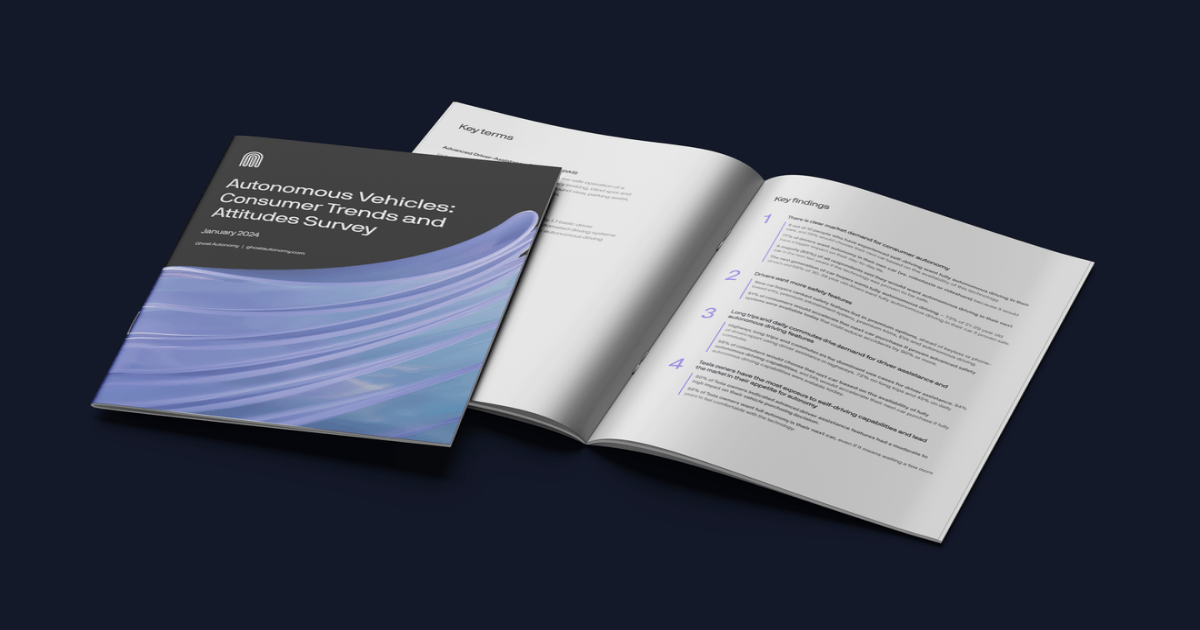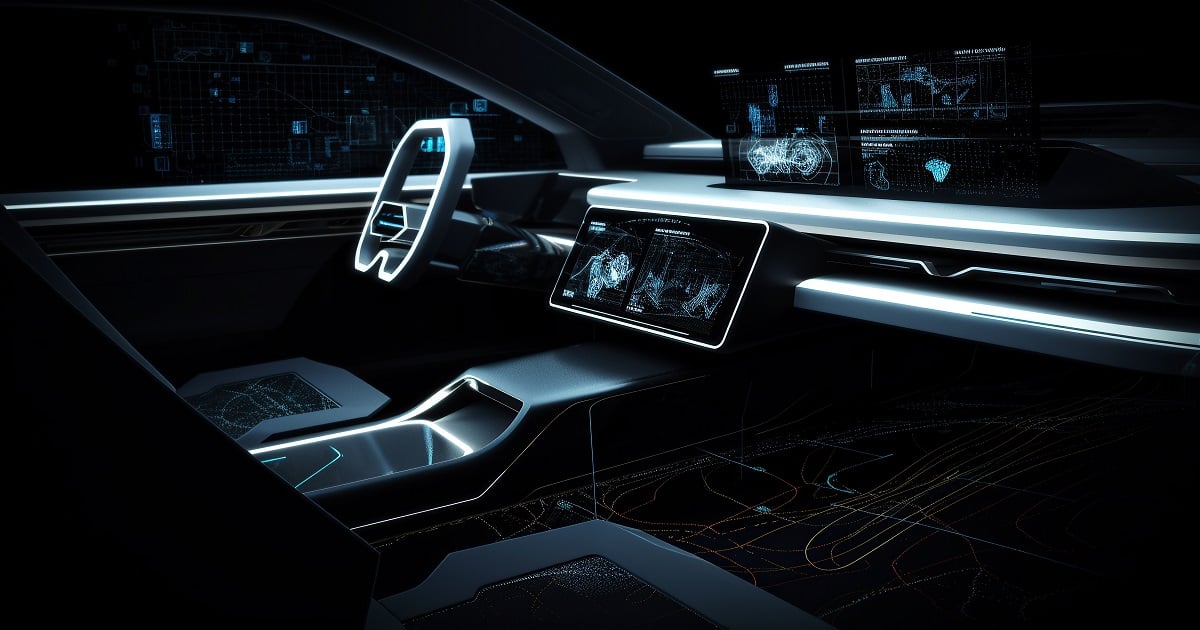
Auto Production keeps peaking with 80 million vehicles expected to be sold by the end of 2019. Higher grades of customization have made their way into the spotlight with consumer preference and thus demand being catalyzed by in cabin electronics, emerging technologies like 3D laminated glass, and augmented reality heads-up displays.
As a result, there is steadily added pressure on delivery and profit margins for manufacturers. Fortunately, the technology people want is being driven by technology itself, the Industrial IoT.
The average net margin for the automotive industry is a narrow 2.07 percent, thus car manufacturers need every efficiency available for them to compete globally, while cutting costs and running their operations safely, efficiently and at higher rates of production.
Intelligent Machines on the Factory Floor
The industrial IoT is a significant part of the answer to this challenge. As part of its 2019 Worldwide Semiannual Internet of Things (IoT) Spending Guide, the research firm International Data Corporation (IDC) states that hardware spending is at $250 billion led by more than $200 billion in module/sensor purchases and IoT software spending will total $154 billion this year, seeing the fastest growth over the five-year period with a CAGR of 16.6 percent.
Two questions rise to the top about using the IIoT for auto manufacturers:
- “What production issues can it solve?”
- “Can it be implemented at a price that justifies the investment?”
The IoT helps the automotive industry predict events in the manufacturing process and allows them to plan much more proactively. As the initiative rolls up to enterprise level, benchmarking and connected supply chains can now become a vision realized.
The true value of IoT is realized when machine data is correlated for various KPIs, such as productivity, quality, maintenance and traceability. When a wide variety of samples of implemented with the IoT becomes available, an interesting pattern starts to emerge, revealing both unseen issues and untapped opportunities.
The IoT meets both the auto manufacturing industries needs in the following ways:
Energy monitoring and energy conservation. Manufacturers usually execute one-point energy monitoring, which provides overall energy use. But monitoring at every stage and touch point can help identify where energy is being wasted and where the gaps are. Sensors can identify which machines are running and where there are pockets or touch points where there are energy losses. Measuring at every level means greater insights into measuring the losses and the ability to take corrective action.
Environment health and safety monitoring. Compliance with safety and environmental standards on a global level is challenging. A comprehensive approach to compliance involves influencing worker behavior and the use of connected sensors and monitors can make compliance automatic.
Process traceability. There is a need to establish genealogy of the complete automotive supply chain. Suppose there was a failure of a particular part that the owner received from a dealer? For instance, if a motorcycle had a faulty brake assembly, then ordinarily, the manufacturer would need to execute a recall of every motorcycle– an expensive and disruptive action. But IIoT enables manufacturers to trace a particular part to where it was manufactured and determine if it is a machine-level problem, a part-level problem or a component-level problem, greatly limiting the scope of the recall and advancing process traceability.
Productivity. All automotive manufacturers want to turn around raw material with minimum resources. By improving overall equipment effectiveness and throughput -- the amount of material passing through a system -- and reducing cycle time, productivity is improved. To do so, it’s critical to understand the bottlenecks in a plant.
CBM to predictive maintenance. The automotive industry regularly performs periodic maintenance -- often every month or two -- which requires shutting down the plant. In contrast, predictive maintenance would limit such instances and lost time due to malfunctioning equipment.
Predictive quality. Once a plant moves from periodic to condition-based maintenance (CBM), managers want to predict when their assets are due for maintenance based on the historical data of the machine health. The same goes for quality control. Plants want to migrate from sample-based control to online measurement of every part in a car and raise alerts to management if the quality isn’t within the specified roles. The idea is to transition from statistical or sampling-based quality control to online-based quality control. As with predictive maintenance, the goal is to move to predictive quality.
About the author: Vinay Nathan is Cofounder & CEO at Altizon, a global IIoT (Industrial IoT) platform company. He is a strategic thought leader with 15+ years of global expertise in corporate sales and engineering. Nathan holds three patents in the US and four globally pending patents on work related to USB, wireless and security code.
Edited by
Ken Briodagh





